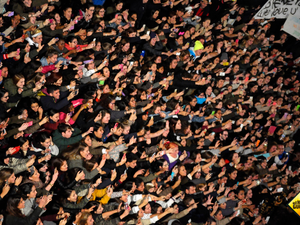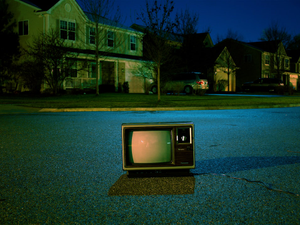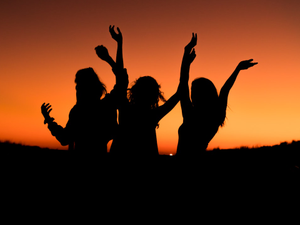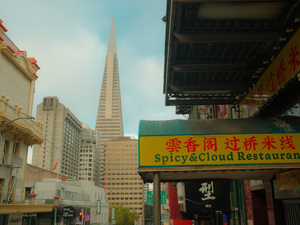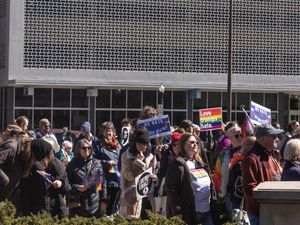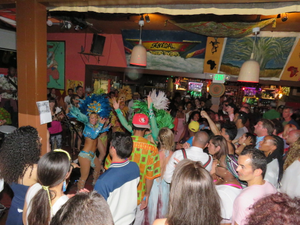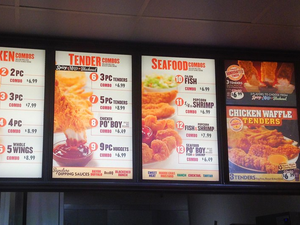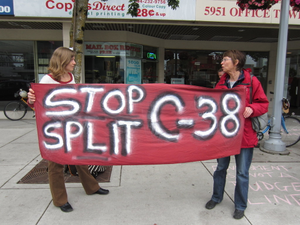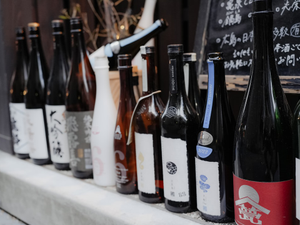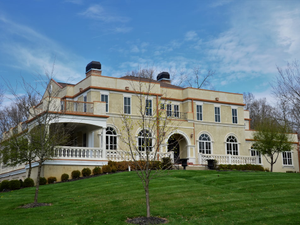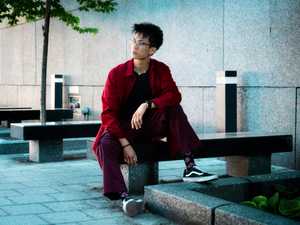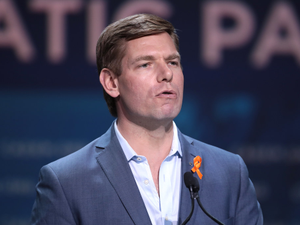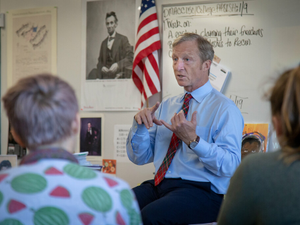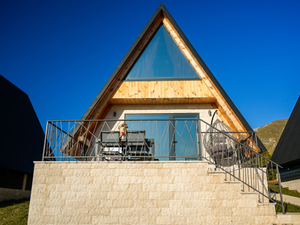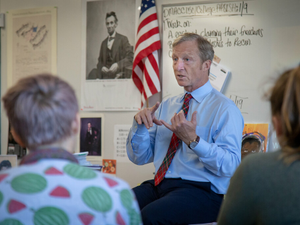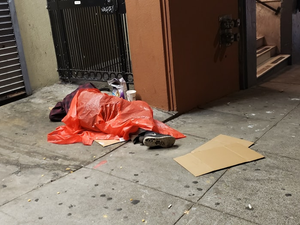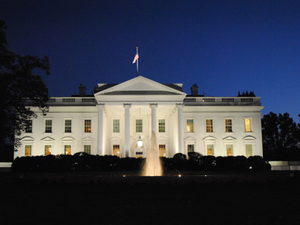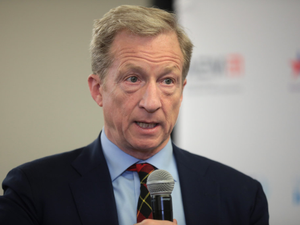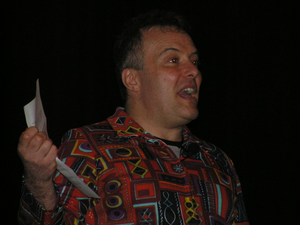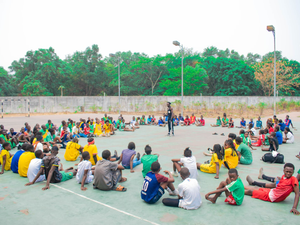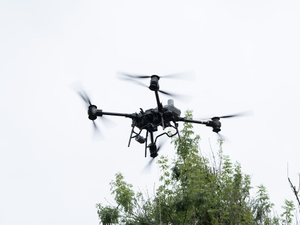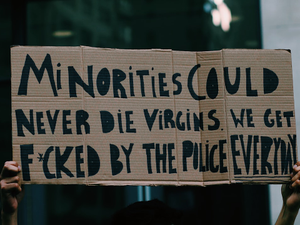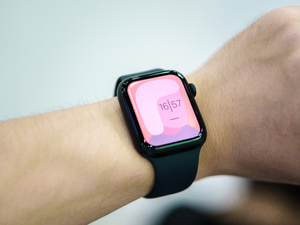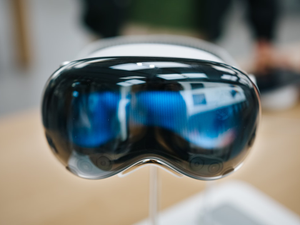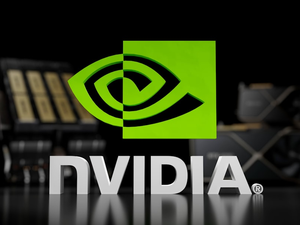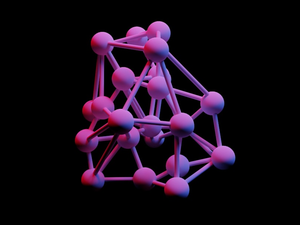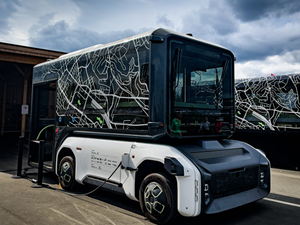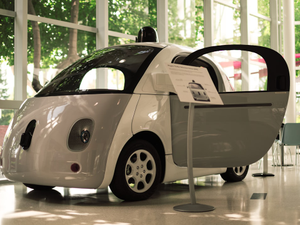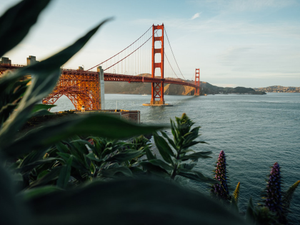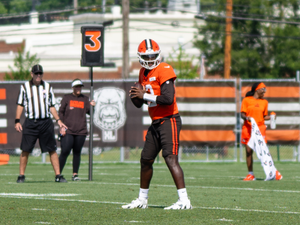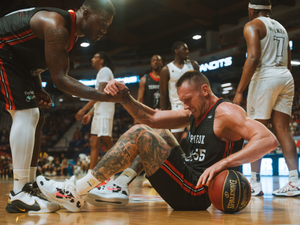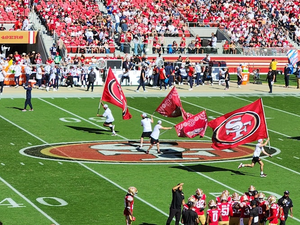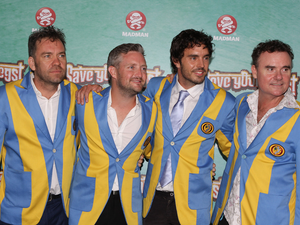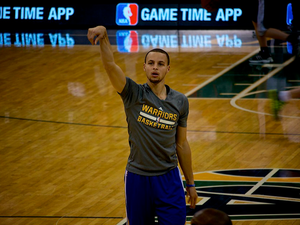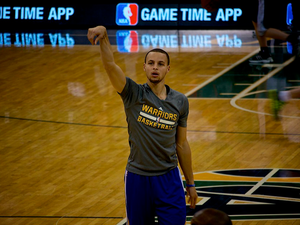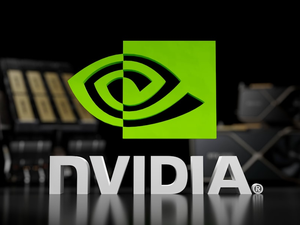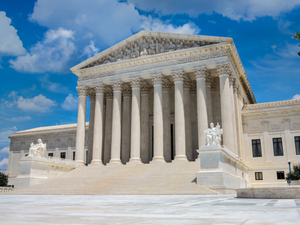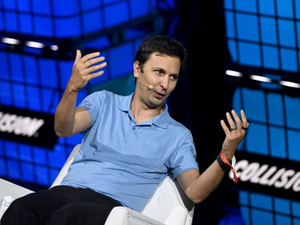San Francisco's Dead Mall: A Radical Community Solution
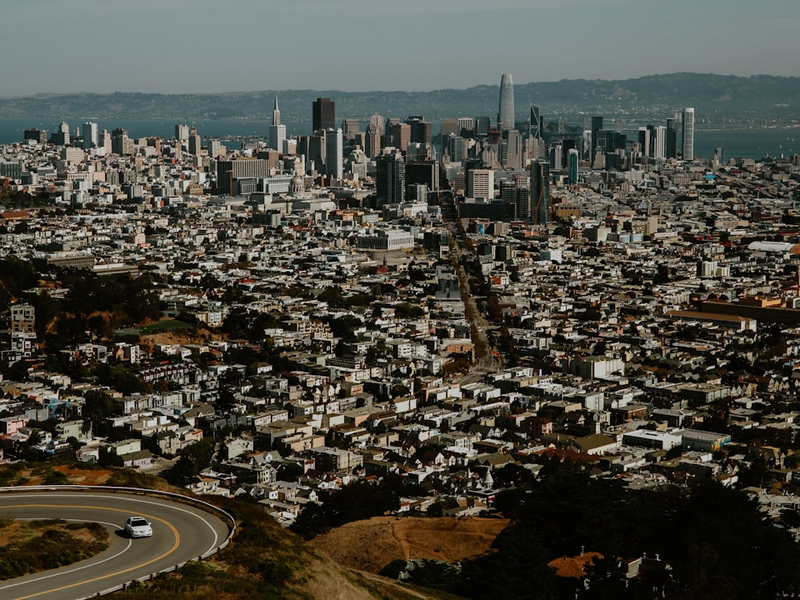
Photo by Jinen Shah on Unsplash
Downtown San Francisco’s San Francisco Centre has become a stark symbol of urban decay, but what if the city’s residents could transform this abandoned mall into something revolutionary? The massive, block-length building has experienced a dramatic decline, with major retailers like Nordstrom and Bloomingdale’s departing, leaving behind a massive empty structure that’s dragging down the entire downtown retail ecosystem.
Imagine a citywide crowdfunding campaign where every San Francisco resident contributes just over $300 to collectively purchase the property, which is currently valued around $260 million. This modest investment represents less than a weekly latte per person and could potentially revitalize a critical piece of urban real estate.
The current property situation is complex, with ongoing financing disputes and a mortgage hovering around $556 million. Part of the mall even sits on land leased from the San Francisco Unified School District until 2043, making traditional real estate transactions challenging.
Inspired by successful mall transformations in other cities, San Franciscans could reimagine this space through a democratic, community-driven approach. Potential concepts range from a massive community center to innovative public spaces, potentially utilizing a decentralized autonomous organization (DAO) to allow residents to vote on the property’s future.
Other cities have successfully repurposed dead malls - Memphis converted one into a civic center, while UCLA is transforming another into a research park. San Francisco could follow suit, creating something uniquely tailored to the city’s innovative spirit.
The proposal represents more than just real estate speculation; it’s a radical act of urban reclamation. By collectively investing in and reimagining this space, San Franciscans could demonstrate their commitment to solving local challenges through community action and creative problem-solving.
Ultimately, this approach could turn a symbol of urban decline into a beacon of collaborative potential, proving that sometimes the most innovative solutions come directly from the community itself.
AUTHOR: mei
SOURCE: SF Standard
